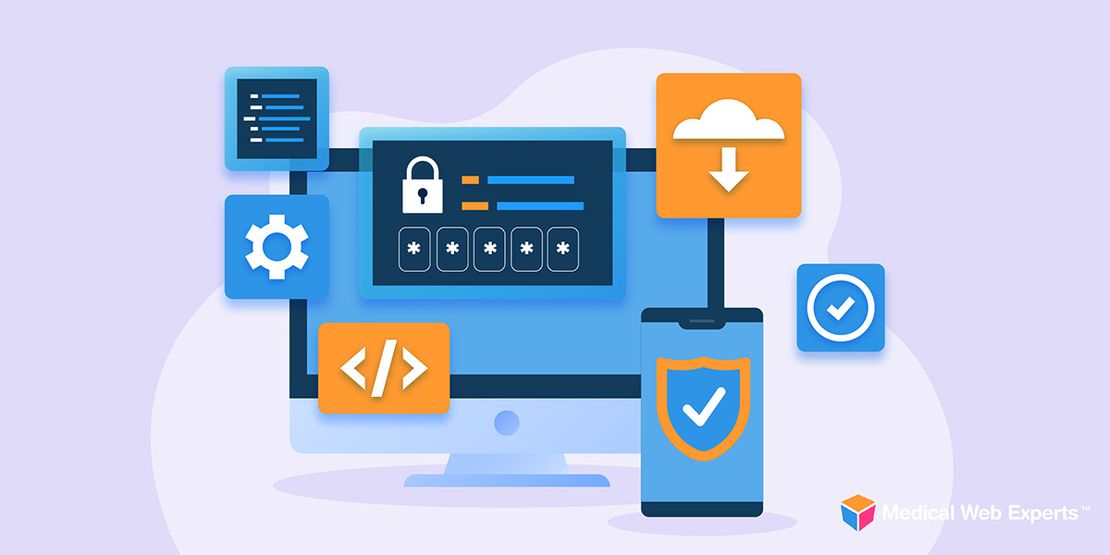For providers, using the right EHR technology is central to the success of Meaningful Use – and not all EHR systems are created equal. Here are some tips for selecting an EHR that will help you achieve Meaningful Use.
2014 Edition Certification
With Stage 2 Meaningful Use already underway and Stage 3 just around the corner, it is important not to settle for an EHR that only has Stage 1 certification – even if you are new to the program and not thinking that far in the future. Your practice will eventually want to start attesting to Stage 2, and you will need ONC 2014 Edition certified software to do that. So, it’s best to go ahead and implement the software now.
Patient Engagement
[related_content]Patient engagement seems to be on everyone’s lips in healthcare lately, and for good reason. Encouraging patients to be more active participants in their health is key to achieving improved health outcomes, especially for patients who need help managing a chronic disease. Patient engagement objectives have worked into the Meaningful Use program, and it is important to consider them when choosing an EHR.
In most cases, a patient portal will help you achieve these goals. If the EHR you choose does not have a portal (or if you have a third-party patient portal in mind), be sure to find out whether it is possible to easily integrate one.
Ease of Use for Patients
Keep in mind that you want patients to use the online portal, so you want something that is intuitive and user-friendly. When you demo the EHR and portal software, pay attention to the layout and design. Ask yourself, “Is it easy for patients to find information? Is the information displayed in a format that patients can understand?” Anything that makes your patients’ experience more pleasant will pay off for your practice in the end.
Updates
Technology changes quickly, but so do Meaningful Use requirements. When choosing an EHR, consider the adaptability of the vendor and the software itself. Is the platform versatile and easy to update? Cloud-based EHRs are usually more flexible, as they have lower IT costs and are designed in a way so that it is easy to implement and test new enhancements.
Choosing your EHR based on Meaningful Use requirements will not only help you meet the required thresholds, but will also help you run a more efficient practice. A fully-integrated EHR and patient portal will also help patients take on a more active role in their health.


